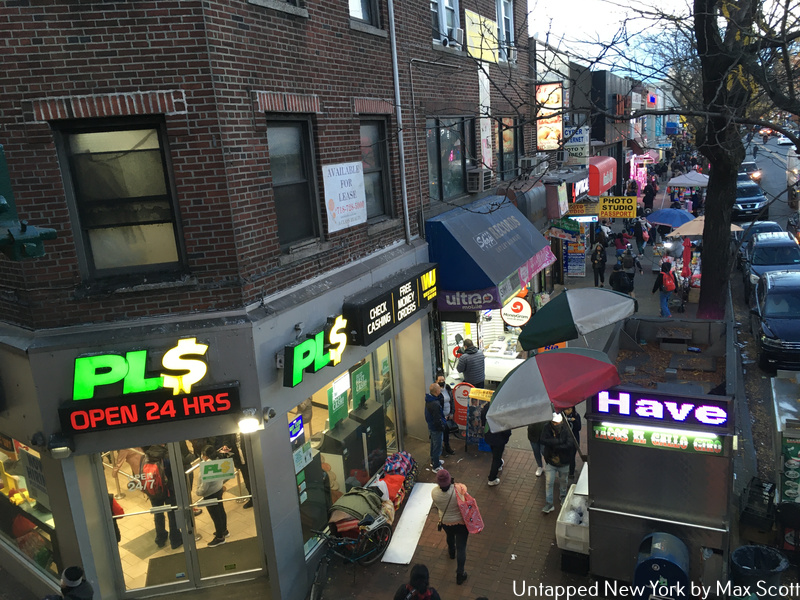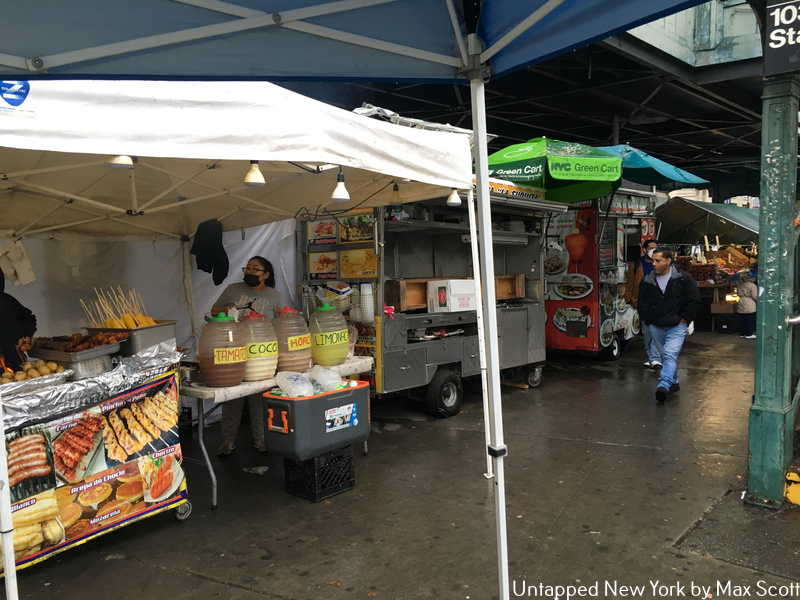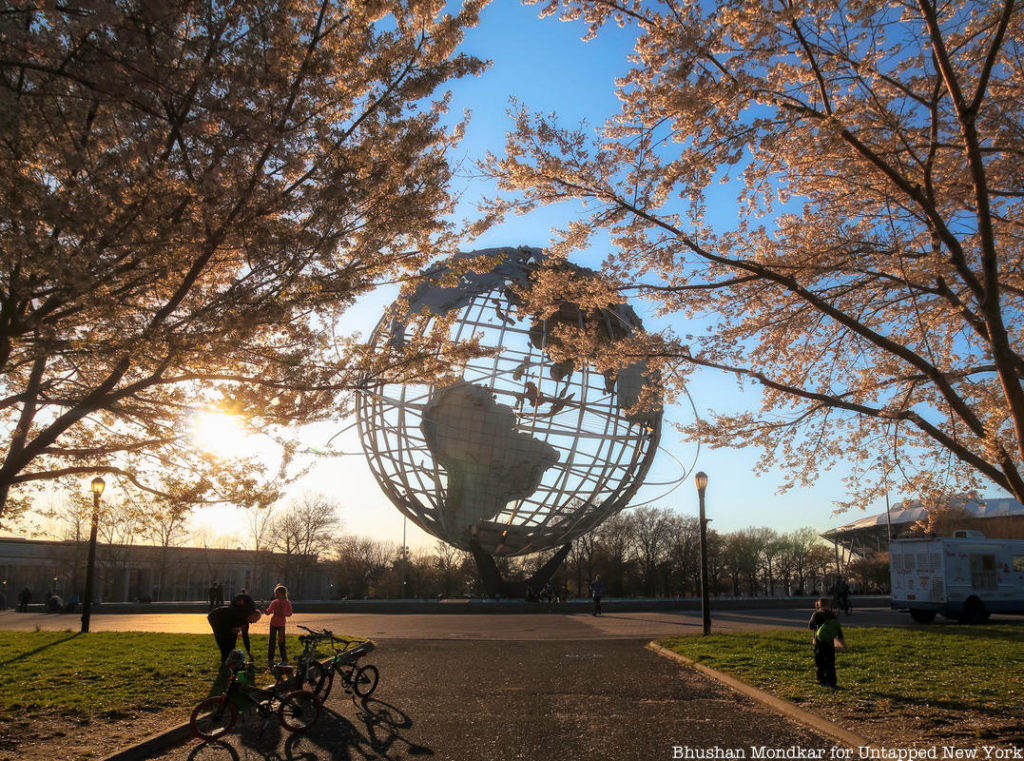Riding the Line – Part 3
The second major express stop for the 7 train is Junction Boulevard in the neighborhood of Corona. The 7 train’s express service makes Junction Boulevard only two stops from Long Island City and five stops from Midtown. For those getting on at 103rd Street or 111th Street, the ride is a bit longer but will take no more than 40 minutes.

Corona is mainly home to immigrants from Mexico, Guatemala, and El Salvador, among many other countries. The two main thoroughfares of the Spanish-speaking part of Corona are Junction Boulevard and Corona Plaza. Junction Boulevard is a major shopping street, akin to that of Jamaica Avenue in Jamaica, Queens. Corona Plaza is quite unique in New York because it’s a pedestrian plaza that has morphed during the pandemic into a fully-fledged open-air market. Dozens of street vendors flock to Corona Plaza to sell their wares. Everything from street food like empanadas and tacos to fresh fruits and vegetables to items of clothing and trinkets can be found at the Plaza.

While Corona’s population is predominantly Latin American today, in the past Corona also had a large African American and Italian population. The Louis Armstrong House Museum is both the birthplace of the famous jazz trumpet player Louis Armstrong and an archive full of history about his life and jazz. The Lemon Ice King of Corona, notably featured in the early 2000s sitcom “The King of Queens,” is one of the last remaining small businesses of Corona’s mid-20th century Italian community.
Flushing Meadows-Corona Park, which is easily accessible via the 111th Street stop on the 7 train, was once the site of the 1939 and 1964 World’s Fairs. Today, it is full of soccer fields, an abandoned observation tower, the Unisphere, and the Queens Museum. On Saturday afternoons the park is packed with games of soccer and volleyball.
After the 7 train leaves 111th Street, it only has one more stop before reaching its final destination at Flushing-Main Street. The penultimate stop on the 7 line is called Mets-Willets Point. This station sits at the intersection of the massive Citi Field, the Willets Point industrial zone, and the northern end of Flushing Meadows-Corona Park.

Citi Field is the home of New York City’s less famous baseball team, the New York Mets. The current stadium was built in 2009 as a replacement for the dated original 1964 Shea Stadium. Directly adjacent to Citi Field is Willets Point. Colloquially known as the Iron Triangle because of the large number of auto body repair shops, Willets Point has long been one of New York’s dumping grounds for heavy industry.
In 2018, the de Blasio administration and the New York City Economic Development Corporation proposed a plan to redevelop Willets Point into a mixed-use residential community. The first phase of that redevelopment, which will bring 1,100 new units of housing and a school to a current brownfield site in the area, was recently approved by the Queens Borough Board. While the development only includes a small chunk of the whole Iron Triangle, it will radically change the face of Willets Point if it proceeds as planned.
-Max Scott





